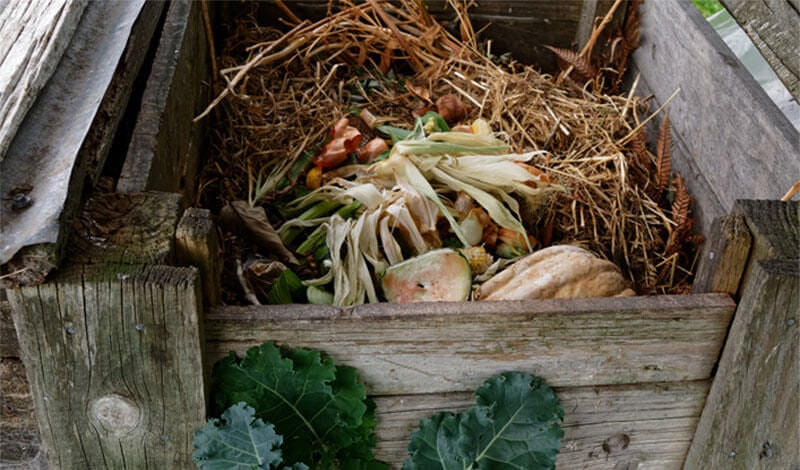

Fertilizer Decoder
All plants need six key nutrients. The first three come from the air and water: oxygen, carbon, and hydrogen. The next three come from soil: nitrogen, phosphorus, potassium. Here is a quick explanation of the meanings behind the numbers.
What do fertilizer numbers mean?
Fertilizers are labeled with three numbers representing the three soil nutrients, always in the same order: nitrogen, phosphorous, potassium. The higher the number, the more that nutrient is in the fertilizer.
- Nitrogen fosters leaf and vegetation development. Choose fertilizer with a high first number for lush, green lawn and shrub growth. Apply this fertilizer in the spring.
- Phosphorous aids root development, flower, and fruit production. Choose fertilizer with a high second number for flower beds and fruit trees. Apply these in the spring before and while plants emerge.
- Potassium helps roots regulate water absorption and the movement of nutrients, plus disease resistance. Choose fertilizer with a high second and third number for fall applications to winterize.
Some fertilizers have equal parts for each nutrient, represented by the same number three times. For example, you might see 10 – 10 – 10. These fertilizers are great for overall health and general application.
But, what is the number?
The number you see on fertilizer packaging is a percent of the fertilizer’s total composition. For example, a 24 – 0 – 11 fertilizer contains:
- 24% Nitrogen
- 0% Phosphorous
- 11% Potassium
By adding these percentages, you will learn that 35% of this fertilizer is nutrient; the remaining 65% is productive filler like clay or limestone that helps distribute the nutrients at a safe rate, avoiding oversaturation of nutrients and what we call “burning” your lawn. Just be sure you apply it according to the label instructions.
What about Iron (Fe)?
Some fertilizers will have added callouts that indicate they contain iron. Plants need only a very tiny amount of iron to be healthy, but when they are not getting that very tiny amount they become deficient and cannot move oxygen as well. When they cannot move oxygen, they cannot produce chlorophyll as well and become yellowish.
Too much lime added to the soil can cause this deficiency. Using fertilizer with iron will quickly solve your problem. Soil test kits are helpful in diagnosing this.
A few warnings to call out:
- Read the label and follow the instructions. Even with fillers, using more than instructed can burn plants.
- Newly planted perennials rarely need additional fertilizers. Do not risk burning them the first year you plant them.
- Granular fertilizer needs to be watered into the soil after applying.
- Don’t apply fertilizer to the vegetation; keep applications contained to the soil.
Related Articles

Soil
Choosing the Right Soil
Dig-in to soil science and discover the recipe for getting more from your cultivating efforts...
Read More

Soil
Getting Started with Home Composting
Have you wanted to start composting but don’t know where to start...
Read More

Soil
Testing Soil pH
Healthy garden soil is crucial to the success of a healthy garden. Do you have healthy soil...